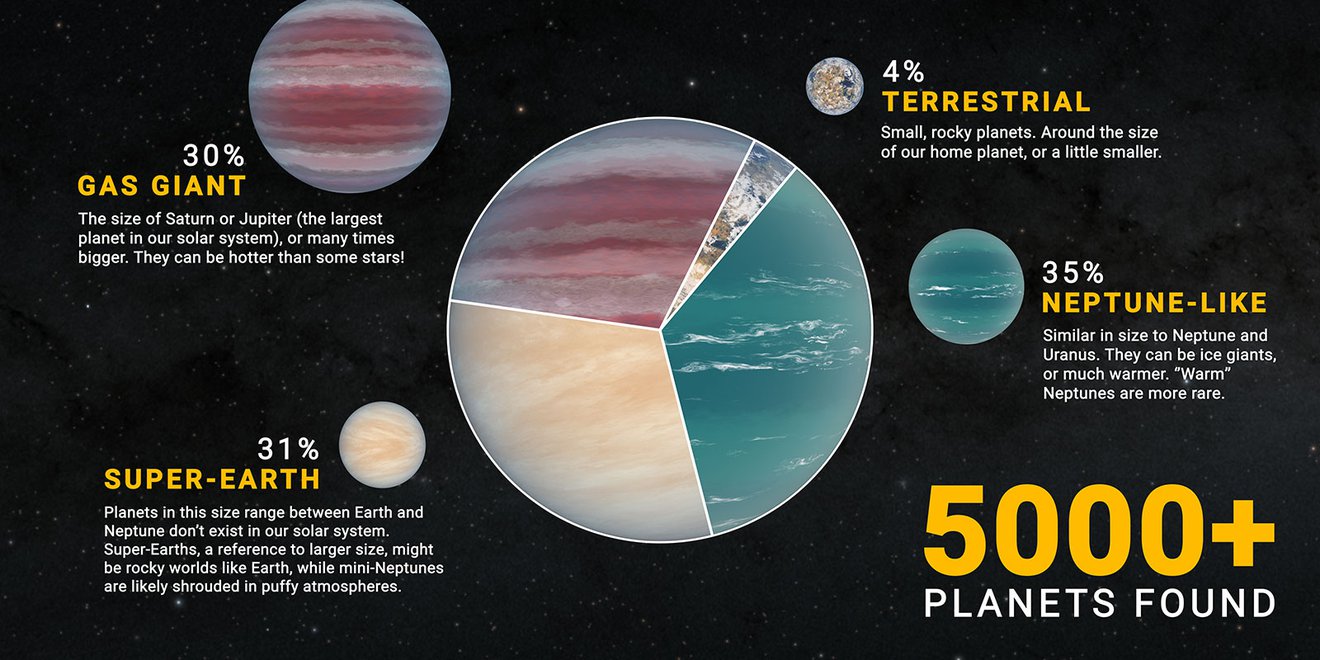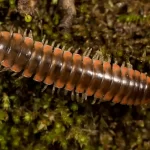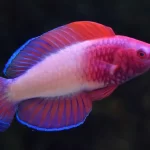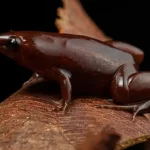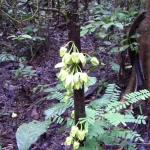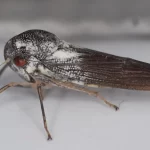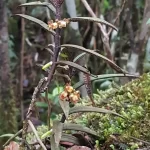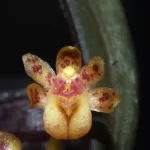What are the most amazing scientific discoveries in 2022?
Miracle Material Discovered at MIT
Researchers found a way to create a two-dimensional sheet of a new polymer called 2DPA-1, which they claim is lighter than plastic and stronger than steel. Because of its novel 2D structure, the forces it’s able to withstand are staggering when compared to traditional plastic products. According to MIT, it’s stronger than bulletproof glass and takes more force to break than steel.
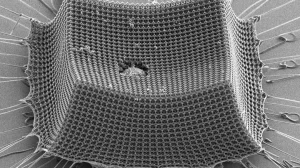
“We don’t usually think of plastics as being something that you could use to support a building, but with this material, you can enable new things,” he says. “It has very unusual properties and we’re very excited about that.”
Read More: https://www.slashgear.com/802875/the-12-coolest-scientific-discoveries-of-february-2022/?utm_campaign=clip
And from MIT
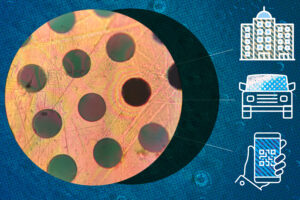 .
.
Injectable Nanobots Created
More info here.
9 New Species Discovered
We think that we are losing many species but there are actually lots that are still being discovered, including the Leafhopper, and a plant named after Leonardo Di Caprio.
Mercury is Covered in Diamond Dust
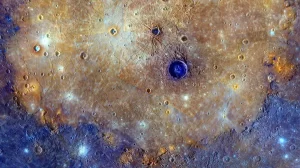
Unlike diamonds on Earth, these wouldn’t be the large, clear gems we’re accustomed to seeing in jewelry. Instead, microscopic diamond dust would have been scattered over the surface. Future missions to the planet could tell us more about the surface composition but if these estimates turn out to be correct, Mercury could be holding a diamond hoard sixteen times larger than Earth’s.
You can read more here.
65 New Planets Discovered – Bringing the total to 5,000
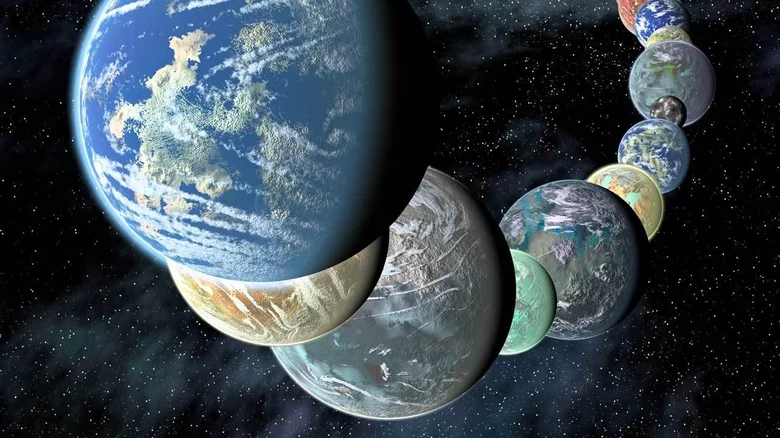
Now, NASA has announced we have reached a remarkable milestone, with over 5,000 confirmed exoplanets discovered to date.
The 5,000-plus planets found so far include small, rocky worlds like Earth, gas giants many times larger than Jupiter, and “hot Jupiters” in scorchingly close orbits around their stars. There are “super-Earths,” which are possible rocky worlds bigger than our own, and “mini-Neptunes,” smaller versions of our system’s Neptune. Add to the mix planets orbiting two stars at once and planets stubbornly orbiting the collapsed remnants of dead stars.
These 5,000 exoplanets come in many sizes. Those that are Earth-sized and rocky are called terrestrials, and make up around 4% of known exoplanets, while super-Earths are slightly bigger than our planet but smaller than Neptune, and make up 31% of exoplanets. Neptune-like planets – which are often ice giants – make up 35% of exoplanets, and then finally there are gas giants, similar to Saturn or Jupiter, which make up the final 30% of exoplanets.
“It’s not just a number,” said Jessie Christiansen, science lead for the archive and a research scientist with the NASA Exoplanet Science Institute at Caltech in Pasadena. “Each one of them is a new world, a brand-new planet. I get excited about every one because we don’t know anything about them.”
We do know this: Our galaxy likely holds hundreds of billions of such planets.
“If you can find planets around a neutron star, planets have to be basically everywhere,” Wolszczan said. “The planet production process has to be very robust.”
Wolszczan, who still searches for exoplanets as a professor at Penn State, says we’re opening an era of discovery that will go beyond simply adding new planets to the list. The Transiting Exoplanet Survey Satellite (TESS), launched in 2018, continues to make new exoplanet discoveries. But soon powerful next-generation telescopes and their highly sensitive instruments, starting with the recently launched James Webb Space Telescope, will capture light from the atmospheres of exoplanets, reading which gases are present to potentially identify tell-tale signs of habitable conditions.
“To my thinking, it is inevitable that we’ll find some kind of life somewhere – most likely of some primitive kind,” Wolszczan said. The close connection between the chemistry of life on Earth and chemistry found throughout the universe, as well as the detection of widespread organic molecules, suggests detection of life itself is only a matter of time, he added.
